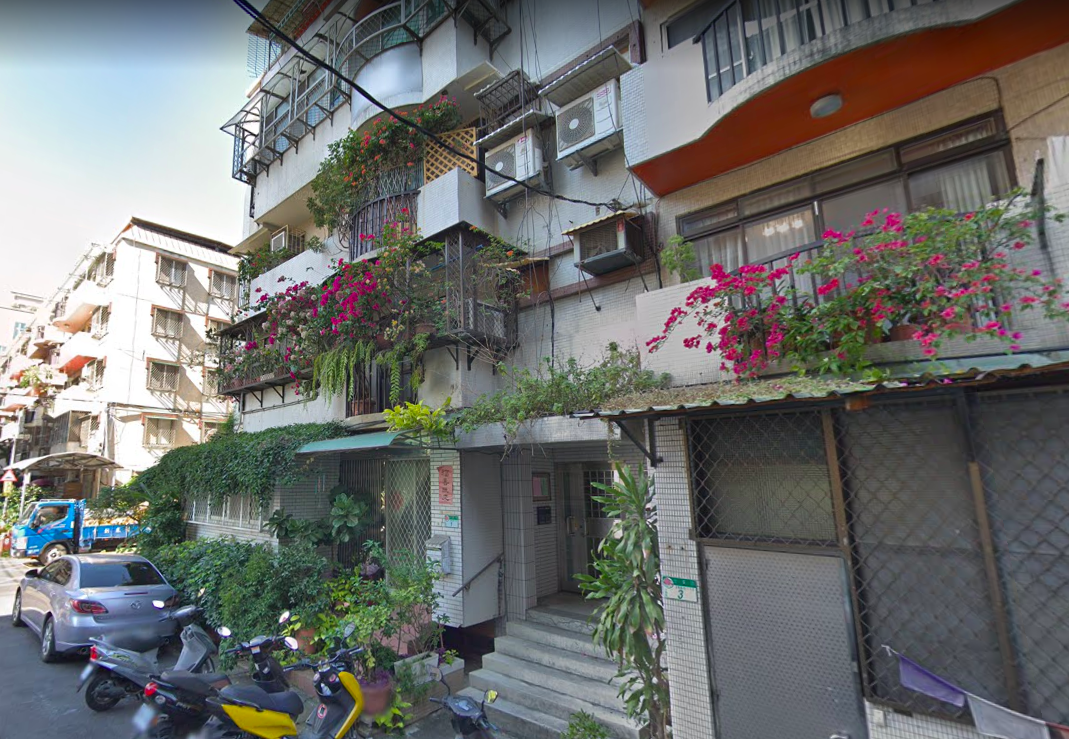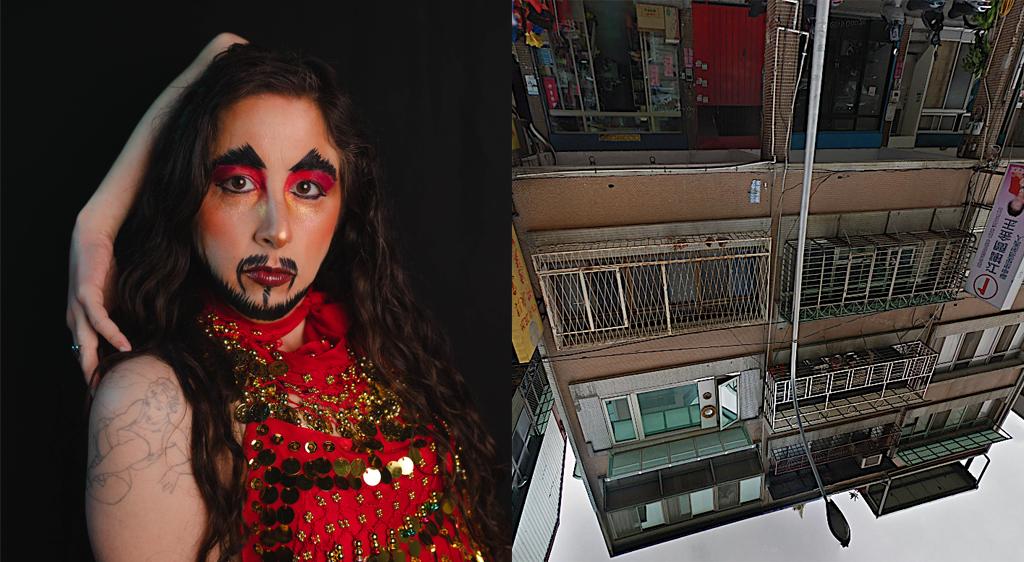On October 15, 2009 a group of Bay Area artists, arts administrators and audience members met at CounterPULSE for the Dance Discourse Project 7: Dancing Diaspora. Co-presented by World Arts West/San Francisco Ethnic Dance Festival and Dancers’ Group, the event was a part of the Fall 2009 season of Performing Diaspora. Learn more about Performing Diaspora at www.counterpulse.org/performing-diaspora/
All the exciting event participants were broken up into small groups where they discussed a variety of pertinent issues concerning traditional arts, innovation and identity. Below is one person’s account of the discussions led by Rasika Kumar about Educating the Audience/Relationship Between Audience and Performance
Even though this installment of the Dance Discourse Project is related to the Performing Diaspora festival, and I feel an obligation to talk about the vast number of traditions represented and brilliant positivity around conversing between and around cultural boundaries, thinking about the event a few days later what I remember most vividly is that the conversation pertained to all types of dance. Even more than that I was pleased that the voices in the conversation came from all sides of the creative process: performers, choreographers, audience members and presenters. This fact made me proud to be in a community that cares and that’s willing to come together on a Thursday night and just chat.
One of the comments that has been ringing in my ears is this, “That’s what we all want as artists: that people understand our blood sweat and tears that go into the work.” Makes me think, how can we get it so that each audience can feel what’s been put into this performance. Wait, no, that’s totally lame, that’s not at all what I want. Sure, recognition always feels great, but that’s not going to help education the audience. If the audience knows exactly everything that the creators and performers know, then their recognition would feel like pity. Like if they said, “Oh, you rehearsed that many hours per week? Wow! Now I like it even more, knowing how much you sacrificed.” No, no. That’s horrible.
Personally I want people to recognize me for my art. I think for myself, the solution is to put as much effort as I possibly can to a performance (both in the creation and also into the performance itself), and hope that the art then resonates with the audience, thought my persistence and hard work. If they come away with anything, hopefully it will be because I performed the heck out of it, and was truly committed.
This, actually brings me to the second point of the table’s conversation that stuck the most: a performance can be compelling, just for the sake of the movement, even if the audience doesn’t understand any of the back story or tradition. I personally can be excited by a performance, no matter how much I know about it or not, by how compelling the performers are. If they dance with everything they’ve got, whether that’s by leaping ten feet in the air, or twisting their wrists with slow precision, or just walking plainly across the stage, if it’s performed well, I won’t be able to take my eyes off them. At the risk of sounding like a complete hippie, I see compelling movers on the street daily. Every street corner is a dance. That’s a tangent, but my point is, I’m drawn to movement. And if it’s particularly good movement, I’m drawn in even more.
The third point of the evening that struck me (because everything is magical in three’s, right?) came at the end of the evening when all tables were sharing in an open dialogue. Someone said that as opposed to contemporary art which is based on the individual (and the thinking that “this is my performance, my creation”), traditional dance is more about community. After this thought was completed, I saw more heads nod and heard more affirming murmurs that at any other point in the evening. The whole room seemed to be in an easy agreement. Not that there had been all that much outspoken disagreement before, but the comfort that everyone had with that statement, across all cultures, ages, and traditions. I was slightly shocked.
So putting these three thoughts together, I’ve started thinking, maybe that’s the part of performance that I’ve been missing: allowing the audience into the performance and letting them feel that they are part of the community of the performers, part of the community of the creators, and part of the community of the community that the performance comes from. I’m still not sure what this looks like in practice. And I’m sure there are just as many exceptions to this as there are working examples, but it’s a thought. Maybe the next time I create something, I’ll first imagine what community I am presenting from and what community I am presenting to, and how I can build a bridge between those two. How can I present my own thoughts and ideas about my reality that will let someone else in, someone I don’t know, have never met, might not ever even see, and might possibly not even speak the same language. Maybe I’ll have to explain something in the program, maybe that means utilizing a space other than a proscenium theater, maybe I’ll feel the need to take off all my clothes, maybe something totally unprecedented will take place… really the options are endless… Thanks for all who contributed, spoke, listened and participated in this thought provoking event!
Maureen Walsh
Editor of In Dance, a Bay Area publication of Dancers’ Group
Share This!
More Good Stuff
‘Border / Line خط التماس’ by Jess Semaan and Halim Madi & ‘Sa Ating Ninuno (To Our Ancestors)’ by Kim Requesto December 5-6 & 12-13,
Unsettled/Soiled Group is a group of East, Southeast, and South Asian diasporic movers, makers, and settlers on Ramaytush and Chochenyo Ohlone land. Unsettled/Soiled Group is led by June Yuen Ting, one of CounterPulse's 2022 ARC Performing Diaspora artists and will debut Dwelling for Unsettling alongside VERA!'s Try, Hye!, Thursday through Saturday, December 8-10 & 15-17, 2022
Try, Hye! by Vera Hannush/VERA! & Dwelling for Unsettling by Unsettled/Soiled Group December 8-10 & 15-17, 2022 // 8PM PT // 80 Turk St, SF



